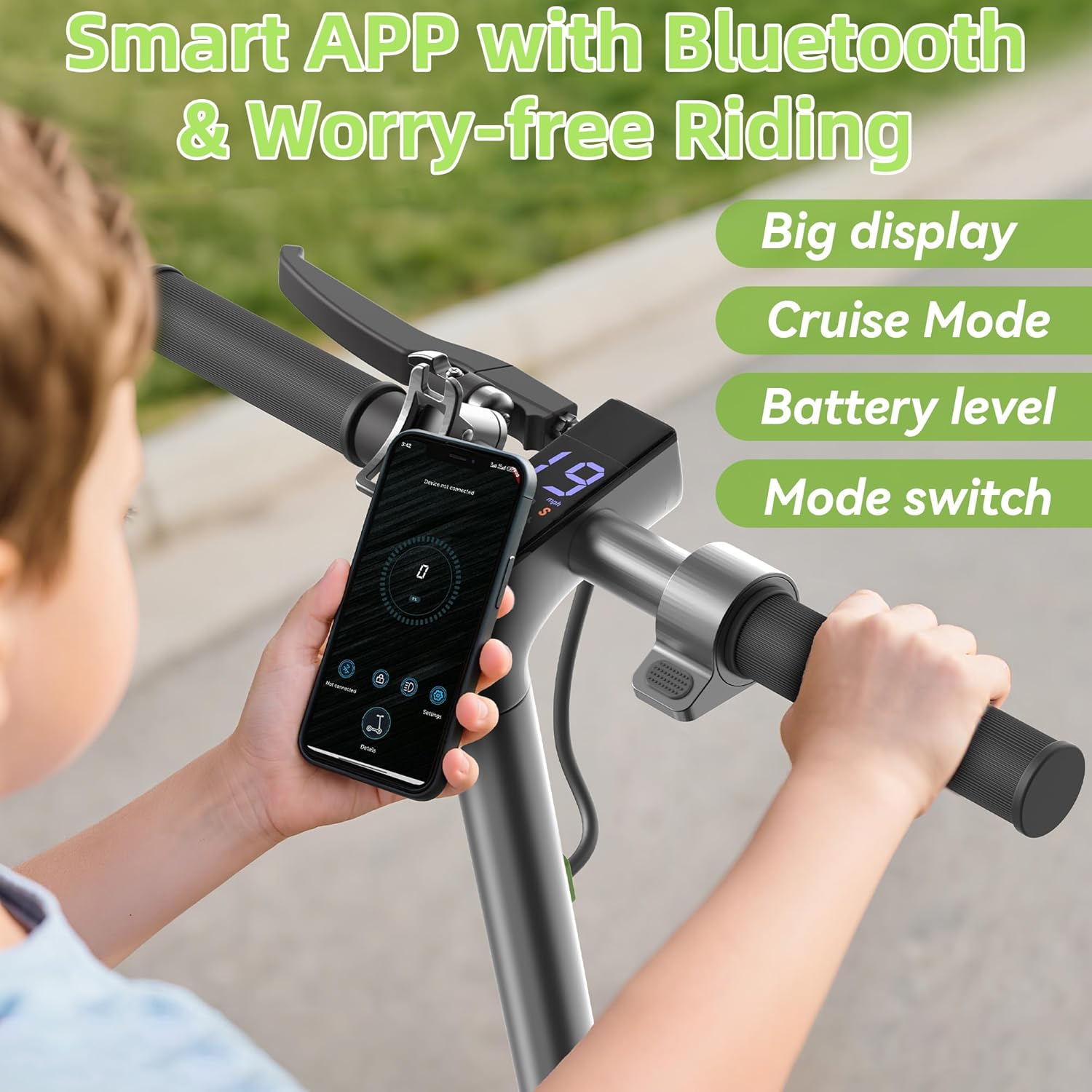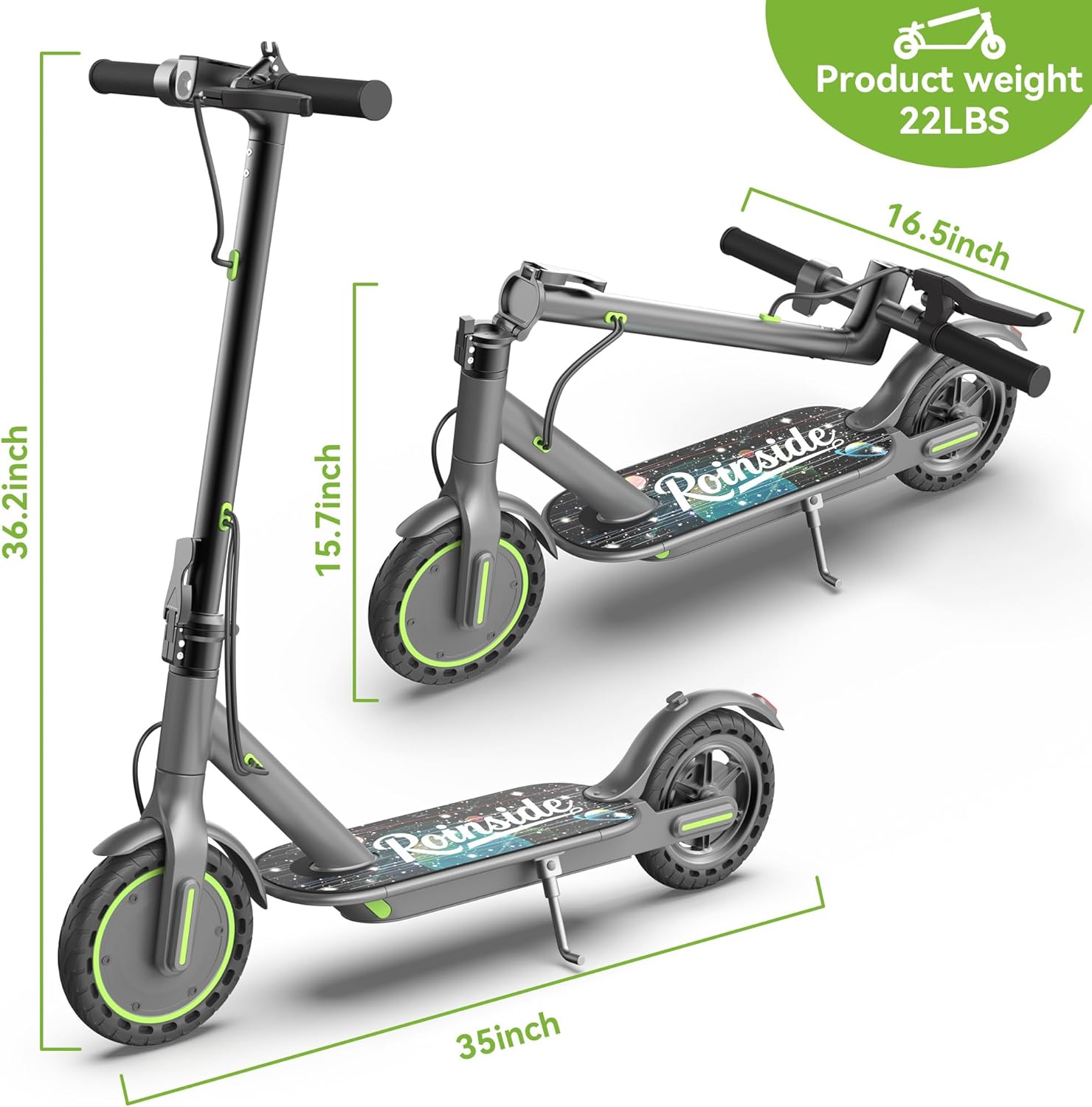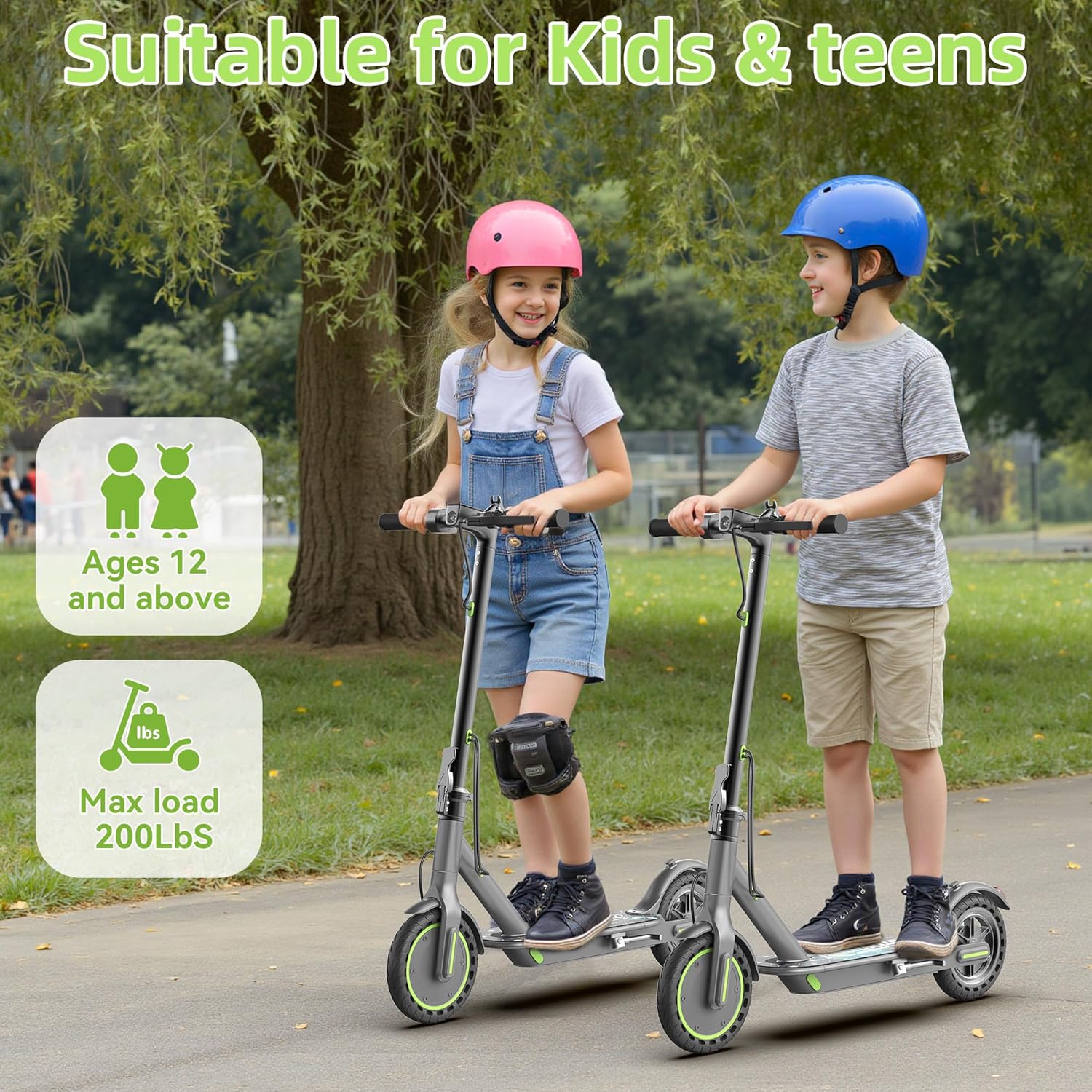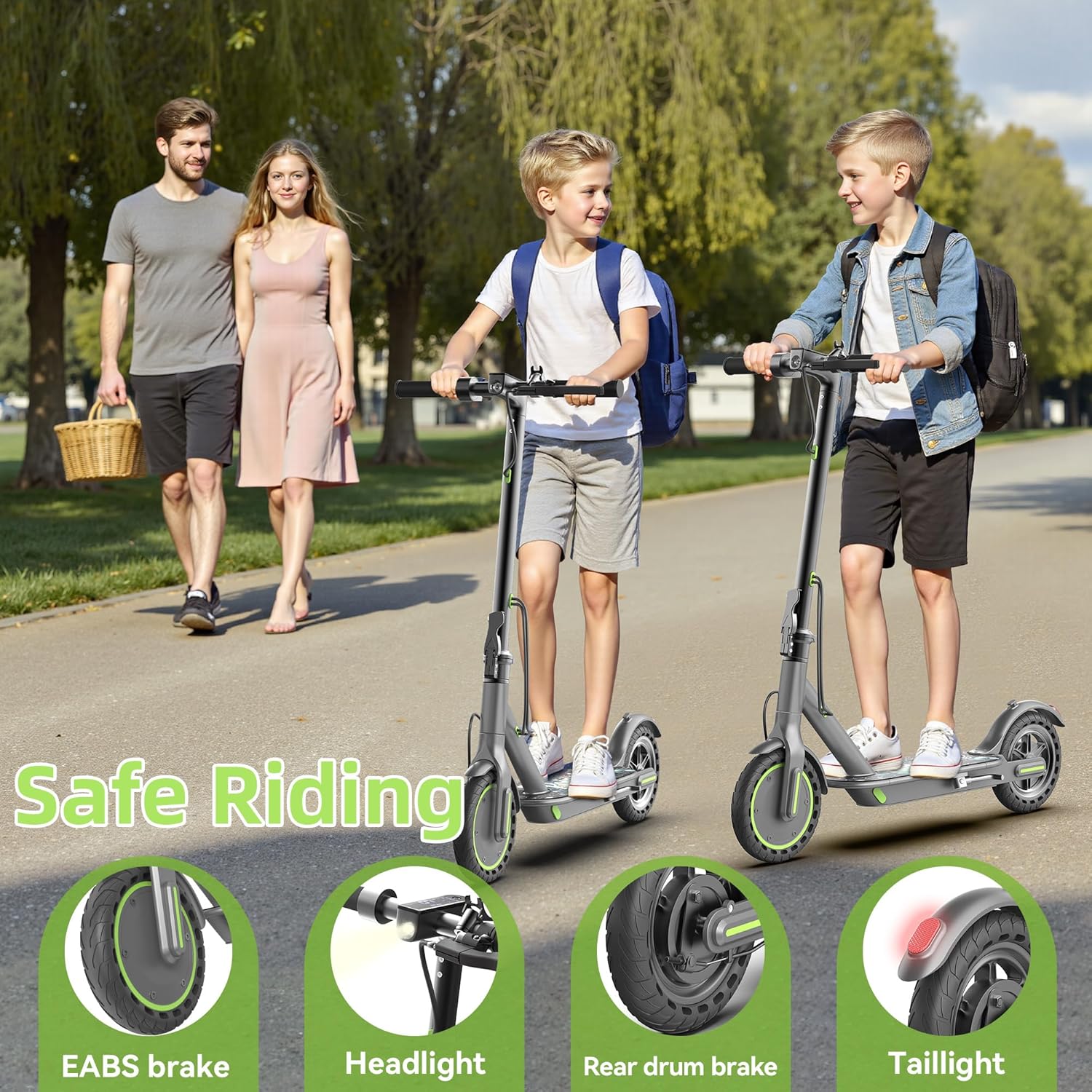








The Ultimate Guide to Electric Scooters: Revolutionizing Urban Mobility
Electric scooters have become a popular choice for urban commuting, providing an eco-friendly and efficient mode of transportation. This comprehensive guide will delve into the various aspects of electric scooters, from their benefits and types to purchasing tips and maintenance advice.
What Are Electric Scooters?
Electric scooters, often referred to as e-scooters, are two-wheeled vehicles powered by electric motors. They come equipped with rechargeable batteries, making them a cost-effective and environmentally friendly alternative to traditional gas-powered vehicles.
How Do Electric Scooters Work?
Electric scooters operate through a simple mechanism:
- Powering Up: The rider activates the scooter using a throttle, which communicates with the electric motor.
- Acceleration: The motor propels the scooter forward, allowing the rider to reach desired speeds.
- Braking: Most models feature regenerative braking that not only stops the scooter but also recharges the battery slightly.
- Recharging: After usage, simply plug the scooter into a standard power outlet to recharge.
Benefits of Electric Scooters
1. Eco-Friendly Transportation
Using an electric scooter contributes to reduced carbon emissions. Unlike cars, they don’t rely on fossil fuels, making them a greener option for short commutes.
2. Cost-Effective
The operational cost of electric scooters is significantly lower than that of cars or public transport. Charging a scooter typically costs less than a dollar per full charge.
3. Flexibility and Convenience
Electric scooters can navigate through traffic more efficiently, allowing riders to dodge congested areas and reduce travel time.
4. Health Benefits
Riding a scooter involves physical activity, whether it’s balancing or maneuvering. This can promote better overall health by integrating light exercise into daily routines.
Types of Electric Scooters
1. Commuter Electric Scooters
Designed for daily travel, commuter scooters offer a balance of speed, battery life, and portability.
2. Off-Road Electric Scooters
These models feature rugged tires and powerful motors, making them suitable for more adventurous terrains.
3. Foldable Electric Scooters
Folding scooters are highly portable and ideal for individuals who need to combine multiple modes of transportation.
Key Features to Consider When Buying an Electric Scooter
1. Range
Determine how far you typically travel. Most scooters offer a range between 10 to 40 miles on a single charge.
2. Speed
Electric scooters can reach speeds of 15 to 30 mph. Choose a speedthat suits your commuting needs and local regulations.
3. Weight Limit
Check the weight capacity of the scooter to ensure it can accommodate you safely. Most scooters can handle weights between 220 to 300 pounds.
4. Battery Life
Evaluate the type of battery used. Lithium-ion batteries are common, as they offer longer life and better performance.
How to Maintain Your Electric Scooter
Regular maintenance is essential for keeping your electric scooter in top condition. Here are some tips:
1. Battery Care
Store your scooter in a cool, dry place and avoid leaving it plugged in for extended periods. Charge it regularly to maintain battery health.
2. Tires
Check tire pressure periodically, ensuring they are properly inflated. Inspect for wear and tear, replacing them when necessary.
3. Brakes
Regularly test your brakes to ensure they function properly. Adjust or replace brake pads as needed.
4. Clean Components
Keep the scooter clean, particularly the wheels and brakes, to ensure optimal performance and longevity.
Where to Buy Electric Scooters
1. Online Retailers
Websites like Amazon and specialized e-commerce platforms often have extensive selections and customer reviews, aiding in the decision-making process.
2. Local Shops
Visit local stores to test ride various models. This provides a hands-on feel and allows for better understanding of comfort and usability.
3. Second-Hand Markets
If you’re on a budget, consider purchasing a used scooter. Ensure to verify its condition and service history before buying.
Pros and Cons of Electric Scooters
Pros
- Eco-Friendly: Sustainable option reducing fossil fuel reliance.
- Cost-Effective: Low operational costs compared to cars.
- Portable: Many models are foldable, making them easy to carry and store.
- Smart Features: Fleeter models offer features like GPS, Bluetooth, and app connectivity.
Cons
- Limited Range: Not ideal for long-distance travel.
- Vulnerability to Weather: Many scooters are not water-resistant, affecting usability during rain.
- Regulatory Challenges: Different regions have varying laws concerning where and how scooters can be used.
Are Electric Scooters Safe?
Safety is paramount when using electric scooters. Here are some considerations:
- Wear a Helmet: Always wear a helmet for protection.
- Follow Traffic Rules: Stick to bike lanes and obey all traffic signals.
- Stay Alert: Watch for pedestrians, cars, and obstacles.
- Use Lights: Equip your scooter with lights and reflectors for better visibility during night rides.
The Future of Electric Scooters
As urban environments evolve, electric scooters are poised to become an indispensable part of smart city transportation solutions. Improved technology, enhanced battery efficiency, and further integration with public transport systems point to a bright future for e-scooter adoption.
Conclusion
Electric scooters represent a transformative shift in urban mobility, offering an array of benefits from cost savings to environmental sustainability. However, choosing the right scooter requires careful consideration of various factors, alongside maintaining safety protocols while riding. As technology continues to progress, we can expect to see even more sophisticated options that enhance our commuting experience.
FAQs
1. How long does it take to charge an electric scooter?
Charging typically takes anywhere from 2 to 8 hours, depending on the model and battery capacity.
2. Can electric scooters be used in the rain?
Many scooters are designed to withstand some moisture, but it’s best to avoid riding in heavy rain to prevent damage.
3. Is it legal to ride electric scooters on sidewalks?
Laws vary by region. Always check local regulations as some locations prohibit scooter use on sidewalks.
4. Are electric scooters good for long distances?
While convenient for short trips, most e-scooters have limited range, making them less suitable for longer rides.
5. How do I know if my electric scooter needs repairs?
Signs include strange noises, reduced speed, or difficulty stopping. It’s wise to consult a technician if issues arise.
By understanding the intricacies of electric scooters, you can make an informed decision, optimizing your urban travel while enjoying the benefits of this modern mode of transport.
Disclosure: As an Amazon Associate, I earn from qualifying purchases.

Hi, I’m rideonscoot, the author behind RideOnScoot.com. Welcome to the world of electric scooters, where your adventure begins! At RideOnScoot.com, we offer a handpicked selection of top-notch electric scooters that will transform your daily commute and leisure rides. With cutting-edge technology, impressive range, and sleek designs, our scooters not only offer convenience but also contribute to a sustainable future. Whether you’re a city commuter or an urban explorer, I have the perfect ride waiting for you. Join the electric scooter revolution today and experience the power of eco-friendly transportation firsthand.

